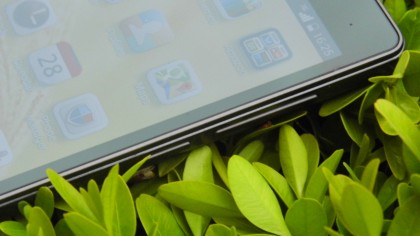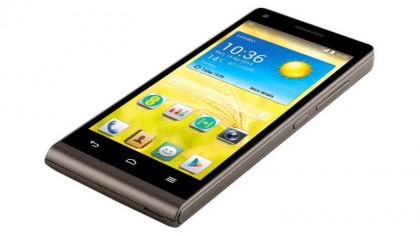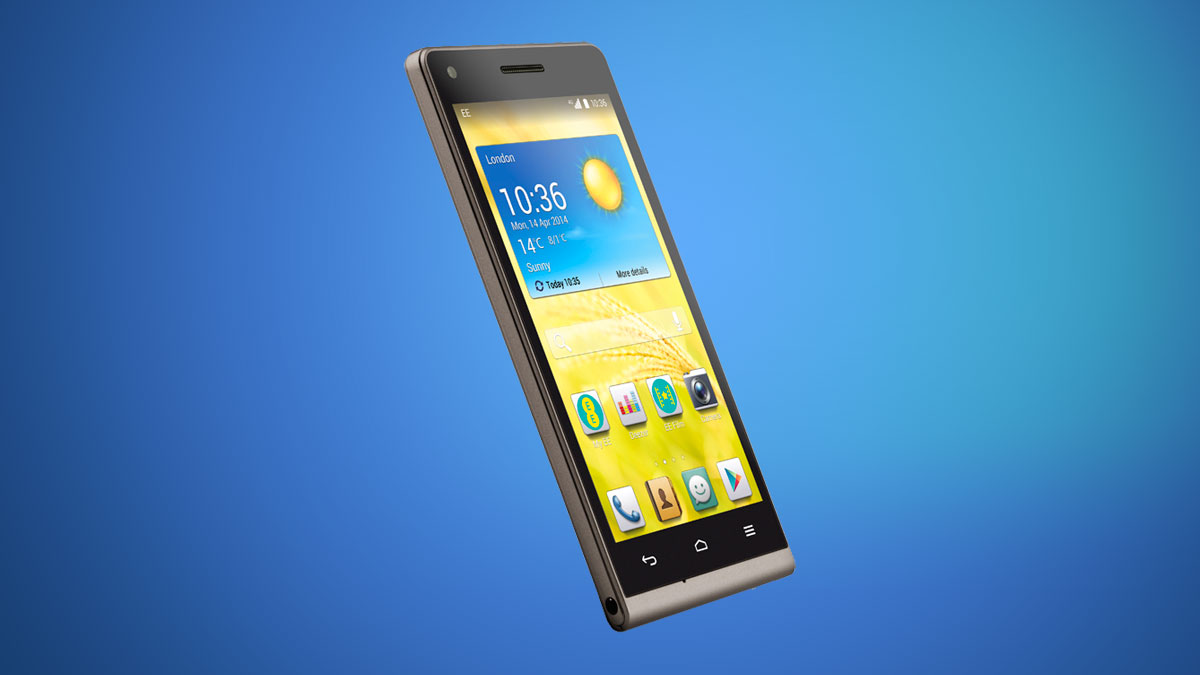Why you can trust TechRadar
If it wasn't clear, the biggest feature of the EE Kestrel is the ability to get 4G at such a low price point. As a CAT 4 device, the Kestrel is able to reach theoretical speeds of 150Mbps online making it about 4 times faster than standard HSDPA speeds.
For standard web browsing this means faster page loading times, but 4G really comes into its own when it comes to streaming video or music. This is also available for a very low price, under £100 on PAYG, highlighting just how far the 4G market has penetrated in the UK.

The internal specifications are also higher than expected for a device of this price range. A 1.2GHz quad-core CPU and 1GB RAM hint at a device worth more than the Kestrel and this helps the EE handset make the most of those 4G speeds.
In day-to-day use I found that the Kestrel seemed to be a little slow. Whilst I don't see this being a massive problem for light users, it became a bit of a problem whilst trying to fire up some more graphically intensive games.
On more than one occasion I found that the EE handset had frozen and I had to lock and unlock it before it I could get it working again. Unfortunately this wasn't just whilst trying to load games, but happened occasionally whilst trying to move between home screens.

EE is also keen to point out the screen, and for good reason too. Awards were never going to be won with its lower qHD resolution (540 x 960) but it bests the 480 x 800 screens that are all too often found at this price point.
Icons and text were clear, and the LCD screen was bright enough to be used in bright sunlight with no problems. Viewing angles were also very impressive making it ideal for showing off movies to all your friends.
Couple this with the super high speed loading times of YouTube or Facebook videos and the Kestrel certainly starts to make a case for itself amongst the younger crowd, who want to be able to share their daily lives via social media.
